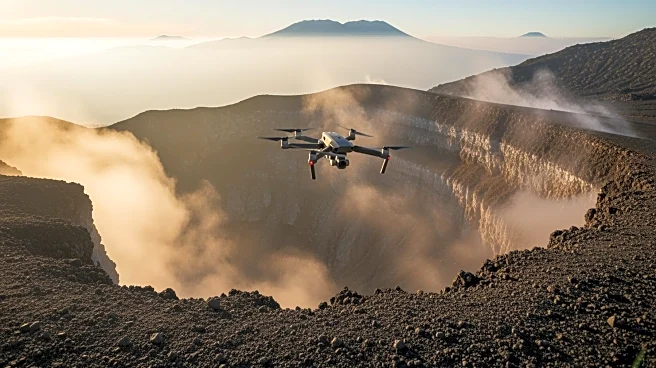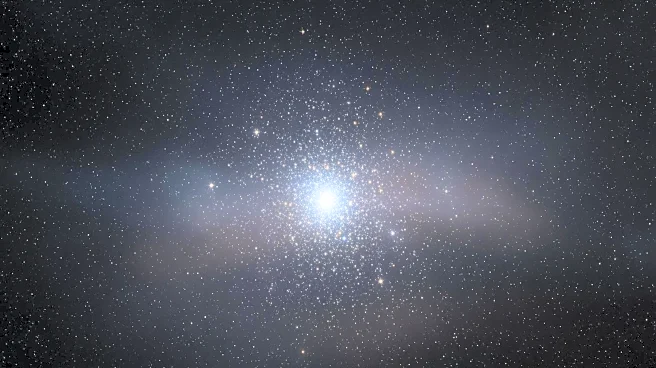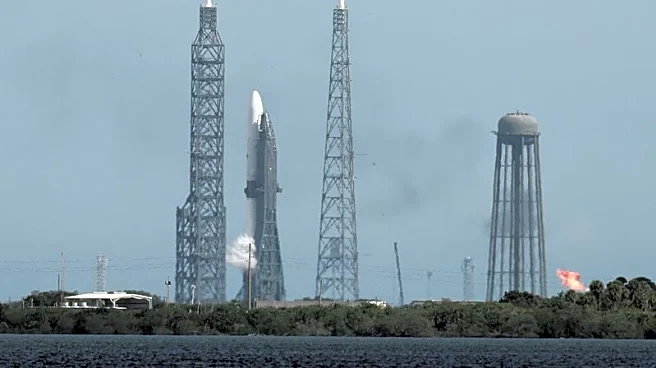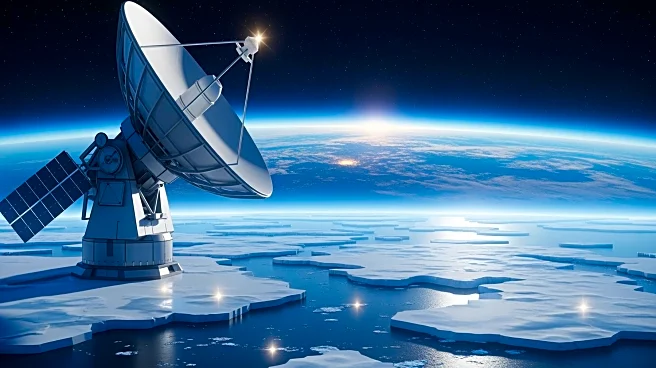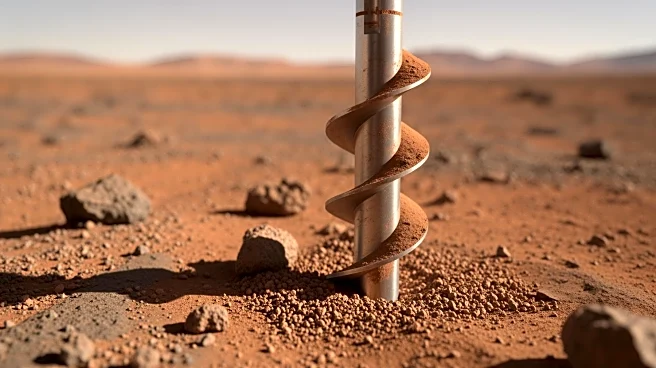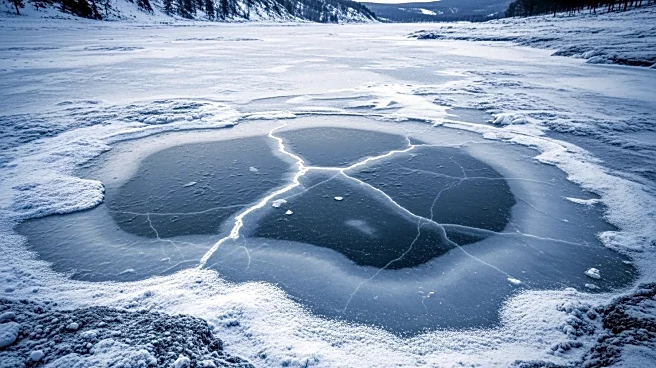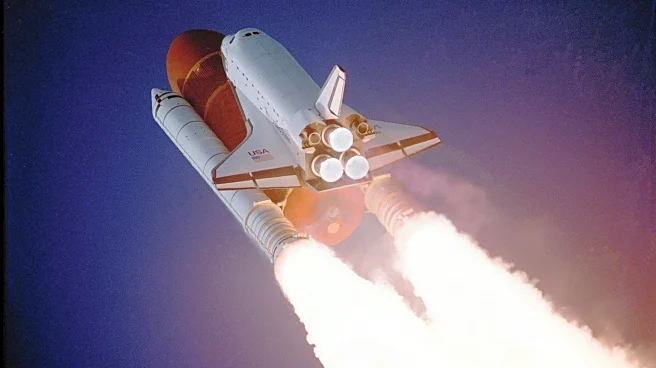What's Happening?
A NASA-led team of scientists and engineers conducted a project in Rincón de la Vieja National Park, Costa Rica, during the summer of 2025. The initiative, known as the Costa Rica Airborne research on foresT Ecosystem Response to volcanic emissions (CRATER),
aimed to test the feasibility of using an uncrewed aerial system (UAS) to gather data on volcanic emissions. The project is a collaborative effort involving NASA, the University of Costa Rica, Chapman University, and Black Swift Technologies. The primary goal is to understand how rising levels of carbon dioxide, resulting from volcanic activity, will impact vegetation globally. This research is crucial for developing strategies to mitigate the effects of increased carbon dioxide on ecosystems.
Why It's Important?
The CRATER project is significant as it addresses the growing concern of how volcanic emissions contribute to global carbon dioxide levels, affecting vegetation and ecosystems worldwide. By utilizing UAS technology, researchers can collect precise data on emissions, which is vital for predicting and managing the ecological impacts of volcanic activity. This research could lead to improved environmental policies and conservation strategies, benefiting both local and global ecosystems. The collaboration between NASA and academic institutions highlights the importance of interdisciplinary approaches in tackling complex environmental challenges.
What's Next?
The data collected from the CRATER project will be analyzed to assess the impact of volcanic emissions on vegetation. This analysis could inform future research and policy decisions regarding ecosystem management and carbon dioxide mitigation strategies. The success of the UAS technology in this project may lead to its application in other environmental studies, enhancing the ability to monitor and respond to ecological changes. Stakeholders, including environmental agencies and policymakers, may use the findings to develop more effective conservation efforts.
Beyond the Headlines
The CRATER project not only advances scientific understanding of volcanic emissions but also demonstrates the potential of UAS technology in environmental research. This approach could revolutionize how data is collected in remote or hazardous areas, offering safer and more efficient methods for scientists. Additionally, the project underscores the importance of international collaboration in addressing global environmental issues, fostering partnerships that can lead to innovative solutions.
